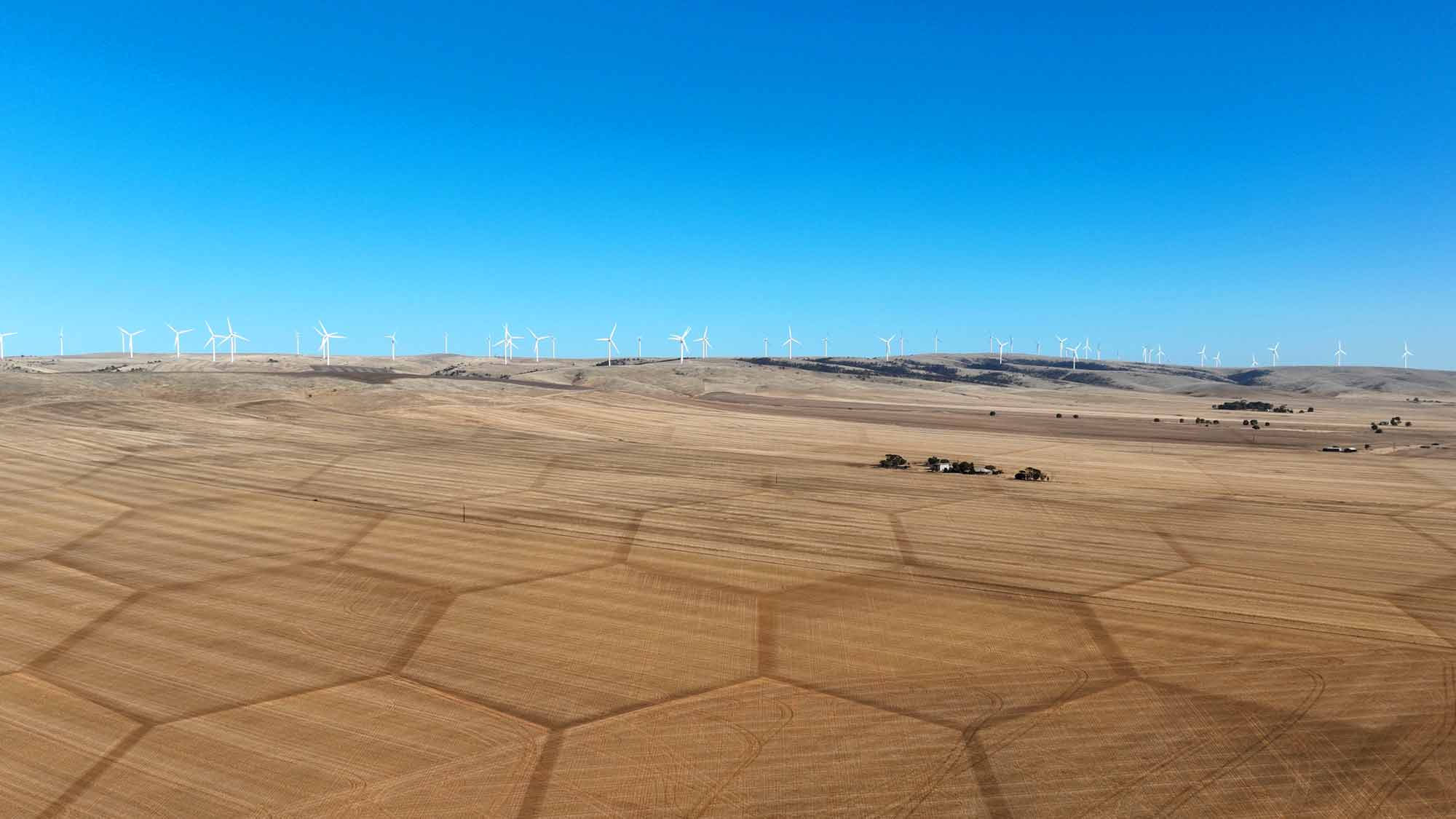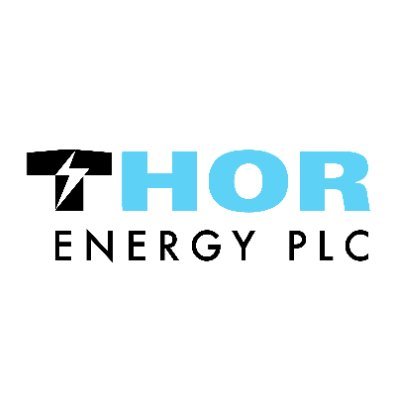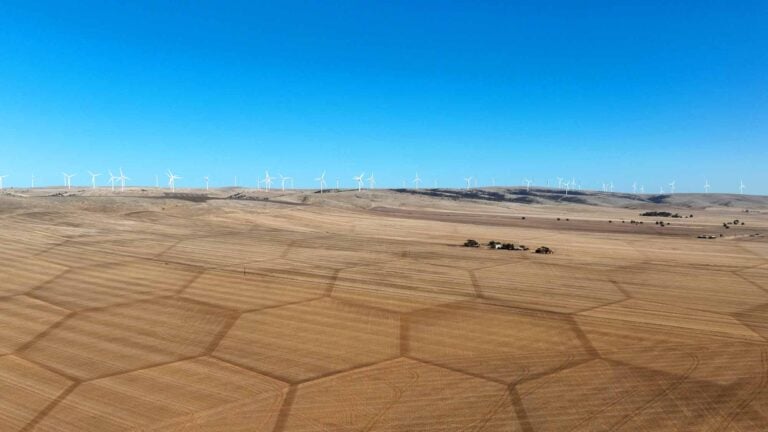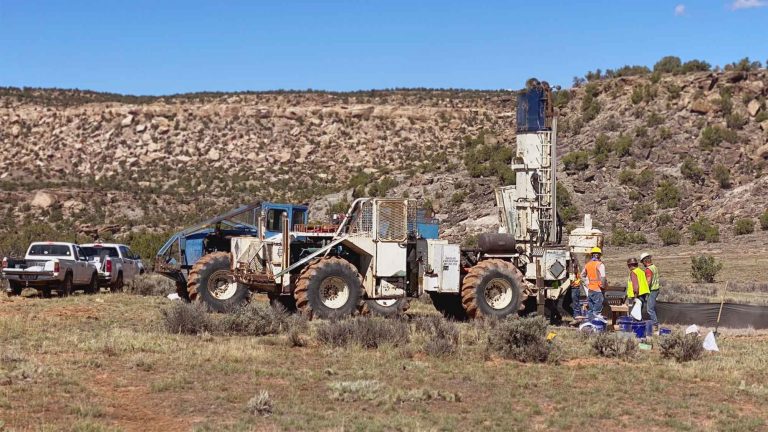Thor Energy Plc (LON:THR) Managing Director Andrew Hulme caught up with DirectorsTalk to discuss the grant of GSEL 804, 805 & 806 and its strategic fit with Thor’s natural hydrogen and helium portfolio.
Q1: Andrew, you’ve just been awarded three Gas Storage Exploration Licences in South Australia. Can you tell us a little bit more about those licences?
A1: Yes, we have, we’re quite excited. So, we just got awarded these a couple of days ago, they’re three Gas Storage Exploration Licences, GSEL’s 804, 805 and 806, and collectively they occupy exactly the same area footprint as our HY-Range project, which we’ve spoken about previously, which is our natural hydrogen and helium licence, RSEL 802.
So, they all came out of the Go Exploration deal, which we concluded back in February. There’s essentially three parts to that deal:
- the HY-Range project, which we’ve talked about quite a bit,
- there’s a portfolio of licence applications, which are future licences that need to go through native title negotiation prior to final award by the State of South Australia, they’ll be coming through later this year and into next year,
- this Gas Storage Exploration Licence portfolio.
What happened was the original licence used to be called PEL 120, it was split up into the rights for the natural hydrogen and helium, RSEL 802, and also into these Gas Storage Exploration Licences.
So, collectively we’re really developing a very nice portfolio right there in South Australia relating to natural hydrogen and helium.
Q2: Could you give investors some insights into the portfolio fit of these Gas Storage Exploration Licences? And, going forward, how Thor Energy’s portfolio strategy is likely to evolve?
A2: The reason we’re particularly excited about this, obviously Thor is absolutely focused on natural hydrogen and helium, what these exploration licences offer us is the ability to do some work and understand the subsurface, understand what the storage potential is for other gases, which is work we’re going to be doing in order to help us understand the natural hydrogen system as well. So, we get a lot of information about exactly the same amount of land.
The idea basically being is that if we find some storage potential, it can give us the ability to produce hydrogen in one place or from several places, accumulate and agglomerate them in one reservoir, potentially even bring third-party hydrogen in from natural sources or other sources, and produce a stockpile of hydrogen in an area. It would lower our commercial barriers to entry, improve sales price as well, give us opportunity for higher margins because you might be able to accumulate for export, or accumulate in order to better fit the daily and seasonal demands from an energy point of view or indeed for industrial applications. So, that’s an extra string to the natural hydrogen and/or potentially helium bow, and I think it’s quite unique in this area to have that optionality.
The other thing it can do, it’s not the primary focus, but these exploration licences can also be used theoretically for greenhouse-gas, carbon-dioxide storage, or indeed for the short-term harbouring of natural gas for use in the natural-gas system as well, again providing that opportunity for grid levelling, perhaps some arbitrage opportunities as well. So, it’s really interesting and it just adds that little nuance to what we’re doing with our natural hydrogen and helium exploration.
In terms of how our portfolio is going to evolve, obviously Thor has a really rich legacy of mineral assets as well in the US and also mainly in Australia so we’re looking throughout that to try and value what is the best value proposition for each of those entities for our shareholders. Some will maintain and others we’ll find good avenues to commercialise.
So, that story we’re working on that now and I think over the course of the next year or so, you’ll see the portfolio gradually start to shift and be very much focused on the natural hydrogen and helium.
Q3: What should investors or potential investors look out for from Thor Energy in the coming weeks?
A3: The last time you and I spoke, I was standing on a hilltop in South Australia basking in the sunshine. The reason I was there, rather than being in the office as I am today, was that we were conducting a geochemical survey at the time, a very large regional geochemical survey to provide a baseline of hydrogen and helium as we can detect them in the very shallow subsurface, a metre or so under the ground.
So, that work’s completed. It was done efficiently, on time, within budgets, no safety concerns, it was a really well-executed operation, and we now have the data back on our desktops and basically doing some analysis on it.
What that’s telling us, it’s going to inform us exactly which parts of our huge licence are the right places to focus. We will then focus on those areas so that we can really use our money wisely, acquire new data wisely, and really get the best understanding of sub-areas within the HY-Range project and then obviously within those regions we’ll be able to target wells.
So, that work’s all done, and we’ll come out to the market in the next few days, or a week or two perhaps, just to give a high-level overview of what those findings were. Also, what those implications are for our future direction in terms of the maintenance of RSEL 802, the HY-Range project, where we’re going to start focusing in much more detail, and obviously the work programme of new data acquisition and associated work that we’ll do on those areas. So, that’s the next thing that’s coming out of the traps.










































